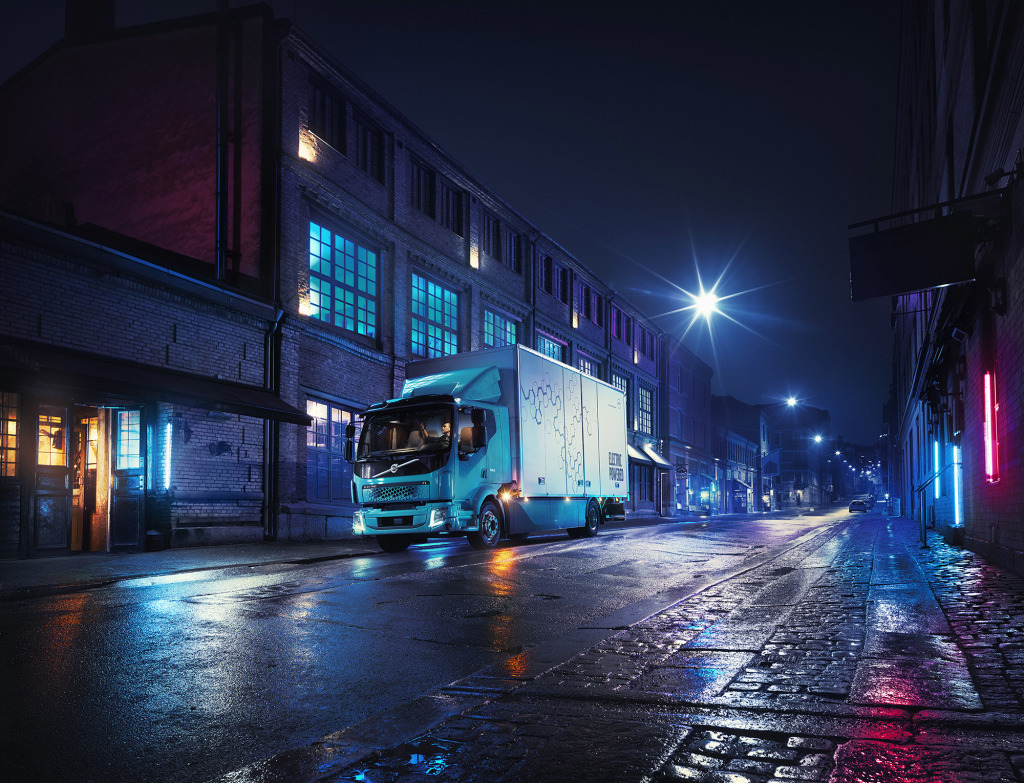Vision of green transportation faces business challenges
Businesses around the world are investing evermore into sustainable transportation strategies, but there are clearly barriers to overcome. The higher cost of going green may be one of the biggest challenges of all.
Steve Thompsett, DHL Supply Chain’s chief customer officer – APAC, agreed during the 2021 Movin’On Summit that some green strategies can deliver cost savings.
“The price of vehicles and the price of fuels,” he stressed, “are not two of those areas.”

Convincing customers to pay a premium for greener service is another matter altogether.
“Some companies really do have a very green mission, and they’re willing to maybe pay maybe a small premium,” Thompsett said. “Where freight prices are pretty unstable at the moment — they’re certainly on the increase rather than the decrease — it’s a pretty tough ask to ask anyone to pay more for green.”
Still, there’s no denying that sustainability is playing a bigger role in the decision-making process that customers use when deciding who will move their freight. DHL has seen it in the requests for proposals that cross its desks.
Transportation also has a key role to play in the journey toward net-zero emissions. About 16.2% of the world’s carbon emissions came directly from transportation in 2016, and 29.4% of that total came from road freight vehicles in 2018, Thompsett noted.
Gains in transportation
Improvements are being realized, though.
The energy-efficiency of new commercial vehicles improved 18% between 2005 and 2017, Thompsett said. Sales of battery-electric vehicles also grew about 42% a year between 2016 and 2020, although they’re still not widely available.
Businesses are also finding ways to track and identify sustainable practices. Green Freight Asia, for example, uses a pair of labels to identify carriers and shippers that are making measurable reductions in carbon footprints.
“For carriers it’s interesting because they can measure their overall carbon footprint from their operations and fleets, and use it as an advantage when bidding on a contract with shippers,” said Jelena Kremenjas, senior sustainability program manager at the NGO.
“It’s really important and in the interest of companies to understand their carbon footprint because this will be also one of the eligibility criteria for sustainable finances when they want to raise some capital or attract investors, as well as required from the customers and clients already.”
That will involve more that vehicles alone. Green Freight Asia, for example, measures factors such as the energy consumed in warehouses and logistics centers. But truck fleets also have a role to play, and they’re evolving to help meet the targets.
Today’s battery-electric trucks that offer a range of 300 km between charges can cover 45% of Europe’s transportation of goods, said Marco Bonaveglio, Volvo Trucks market director – Japan, Singapore, and Thailand.
Ongoing tests are looking to expand the applications even further.
Volvo and DHL are testing a 60-tonne battery-electric FH truck running the 150-km routes between two freight terminals in Sweden. “Both companies are learning a lot,” Bonaveglio says, referring to questions surrounding weight, range, and charging.
Looking into the second half of this decade, Volvo expects to see hydrogen-electric vehicles emerging to support longhaul operations.
“We need to actually have a fair mix of both technologies, where the sweet spot will vary between the application,” he said. Battery-electric trucks are fine for shorter ranges, waste management, and light construction, but the longhaul work is expected to rely on fuel cells.
A battery-electric Volvo FL daycab requires four battery packs to reach a 200-km range, he said. Pushing that range to 300 km requires another two battery packs, essentially compromising a tonne of payload.
But the OEM is committing to a sustainable future.
Said Bonaveglio: “We are part of the problem and we definitely want to be part of the solution.”
Have your say
This is a moderated forum. Comments will no longer be published unless they are accompanied by a first and last name and a verifiable email address. (Today's Trucking will not publish or share the email address.) Profane language and content deemed to be libelous, racist, or threatening in nature will not be published under any circumstances.